Annultural Ipomoya is a decorative woolen plant from the binding family. Charming Ipomeya - Dachnik's favorite and is the most common plant for landscaping and decorating walls of houses, arbors, terraces, balconies, to create alive hedges. Green carpet from flexible stems with juicy emerald leaves and many colorful gramophilics, elegantly soaring buildings, swelling and any surface, creating shading, hiding the shortcomings of any construction of a plot or flower beds. Ipomay looks very attractive, pleases the eye and creates an atmosphere of the holiday at the cottage site from the beginning of summer to a cold autumn. Thanks to the active growth, abundant flowering and unpretentiousness in the care of the annual IPOMEYA is often used by landscape designers for vertical landscaping and is among the top ten curly annuals.
Ipomey one-year: Description
IPOMEYA - Decorative Liana from the family of binders, originally from the tropics and subtropics of South America, Asia, Africa, where about 500 plant species grow. In Wildlife, you can meet the Ipe of the annual and multi-format. In our climatic conditions, the plant is cultivated as annual culture. In the people, the beauty of the sipome is called simply - "Binds" and love for its unpretentiousness and luxurious appearance. The feature of the ipomey is thin and elegant curly stems, which quickly soaring the surface, releaseing shoots-mustache. Liana length can reach from 2.5 to 5 meters. Branching at the base of the support, Liana clings to the shoots for any vertical surface, tightly tear it. The leaves of the plant have a rounded or oval shape, there are views with the heart-shaped form of leaves, saturated emerald color.
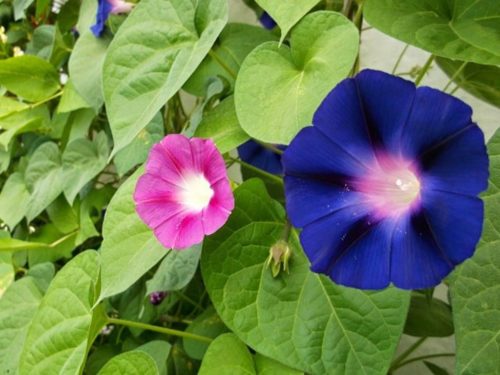
The numerous inflorescences of white, blue, purple, pink colors in the form of a large funnel on a long leg, reaching from 5 to 15 cm in diameter resembling a gramophone tube, give a special charm of Liana. Ipomey's inflorescences can be monophonic, with contrasting border or stripes. Flowers are simple or terry.
Liana blooms very abundant, blossomy bright fragrant gramophilies in the early morning, thanks to this particular nature, the plant is called the "flower of the morning dawn." In a sultry noon, the inflorescences are closed by petals, and in cloudy weather they remain open to sunset. Flowering of the sickness is short-lived and lasts one day. After fading the flower, there is a fruit in place of inflorescence - a small round box with black seeds. The next morning, Liana is sleeping with bright new buds, gladly glad to her beauty.
Ipomea one-year: species and popular varieties
Despite the variety of types of curly lianas, our gardeners and summer houses prefer about 20 species of annual Ipomey, among which the most famous are considered:
- Morning Glory Cairo. Vine native to Asia, the length of its shoots can reach up to 5 meters. Leaves of the plant - oblong, shaped like a broad blade. Inflorescence painted in blue shade, flowering abundant and plentiful.
- Ipomoea purpurea. Annual slightly pubescent long stem up to 8 meters in length, native to South America. The leaves of this species are oval, opposite, not the edge. Inflorescences large, up to 7 cm in diameter with various colors. Purple morning glory blooms with bright red, blue, purple and white with simple or double flowers. Among the most popular and beautiful varieties are: Starfish, Scarlett O'Hara, Nochka, Giselle.
- Morning Glory Neal. Vine, reaching a length of up to 3 meters, it has a strong branching. The leaves are large, oval, located on long stalks. The flowers are large in diameter and 10 cm painted in red, pale pink, dark blue, or purple hues, have a contrasting border.
Grades: Picota - flowers are deep blue or red tint, semi-double white piping,
Serenade - hybrid variety with double corrugated inflorescences purple or violet color.
- Ipomoea tricolor. The plant is native to tropical America, where it grows as a perennial. In our climate are grown as an annual. The stem grows up to 4 meters long, heart-shaped leaves and wrinkled with long petioles. The flowers are funnel-shaped, assembled in the inflorescence of 3-4 pieces, petals painted in a shade of heaven and leg - white. At the end of flowering acquire a pink color.
Varieties, cultivated in our climate: Pink candy, Blue Star, Sky blue, flying saucer.
- Ipomoea hederacea. Vine with branched stems 2 to 3 meters in length and large-blade leaves heart-shaped, resembling the ivy leaves. Inflorescences small, up to 5 cm in diameter, usually bright blue hues, sometimes with a white border. There are vines of this species with red, purpunymi and pink flowers, gathered on 2-3 pieces on a long peduncle. Flowering time: July - late autumn.
- Morning Glory lunnotsvetuschaya. Liana with long shoots up to 6 meters, with a large heart-shaped leaves. Inflorescence - large, white with a pleasant delicate aroma. The peculiarity of this species - bloom at night or in cloudy weather during the day.
- Quamoclites. Unusual Ipomea with charming carved openwork leaves. Flowers are small, have a tubular shape. Among the popular varieties are distinguished: quamoclite peristically, quambling flame red.
Ipomea one-year: landing in open ground
Choosing to landscaping the country area, it is worth paying attention to the place of landing and soil. Looking around the curling annual seeds or seedy in the late spring in the open ground, when the soil warms well and there will be no threat of a sudden decrease in temperature.
Choosing a landing site for an annual
Tropical liana needs well-lit, outdoor sunshine, plot. It will also be successfully growing in half. Shading and the absence of the Sun does not like the best way on the tying of the Buds of the Ipomey, which slow down their height. Since the disclosure of buds is occurring in the early morning, the eastern part of the site is perfect for planting a basket. Plant on the north side is undesirable. Fragile stems and shoots of ipomey need to be protected from drafts and strong gusts of the wind. It is not recommended to plant a flower on the sublime areas. When landing, supports are installed next to the seedle, which will be tired of the curly plant stalks. The distance between the landings is observed about 20 cm. Luxury Ipomea will decorate the walls of the house, gazebos, recreation area, entrance doors, or beautifully beat the hedge. Liana can be used to zoning the site.
Selection of soil for Ipomey Annole
All types of gipomes are heat-loving and sensitive to freezing plants, moisture stagnation. Tropical guest prefers the weakness, lightweight and well-drained soil. The soil should be nutritious and loose, in such conditions, the IPOMEY looks particularly attractive and rich in blooming. In poor soils, Lian will grow, but there will be no lush flowering. Slowness of growth and the absence of Flowering of the IPOMEY is observed in the sandy soil.
What is the best way to land in an open soil: seedlings or seeds?
Annultural Ipomea is planted in an open ground as seeds and seedlings, depending on its variety and climatic conditions of the region. Surprised in the soil seeds, a purple fine-ceiling Ipomeya, characterized by rapid growth, has time to form a green mass and blooms to the middle of summer. The large-flowered lianas placed in the seed method are growing slowly, so their bloom will be much later. It is worth considering that blossoms of lianas, regardless of the type, in the northern regions begins much later than in the southern part of the country. Especially if the summer was cold, with a large amount of precipitation. In northern latitudes, it is preferable to plant seedlings.
Sowing Seeds Ipromey Annual to Outdoor Soil
With a seed fit method, scarification of sampling seeds is carried out. To do this, they should be soaked in hot water (+50 degrees) by 12-24 hours for swelling. In case the seeds are not swollen, it is recommended to independently damage their shell by piercing with a needle, and then pour hot water again. 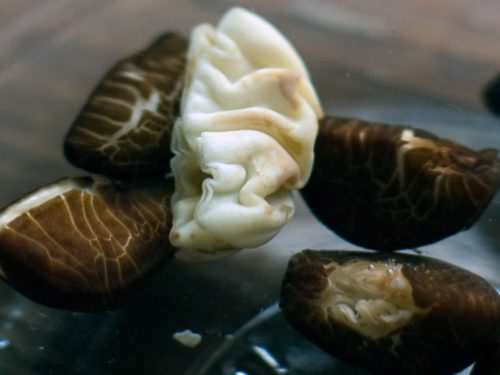
After scarification, seeds are ready for landing in the prepared ground:
- The area where Liana will grow, should be exploded to a depth of 10 cm and sculpt the superphosphate on the surface surface, slightly close the fertilizer into the ground.
- Prepared swelling seeds can be planted for 1-2 pieces in loose ground, observing the gap between the planting of 20 cm, deepening them for 1-2 cm.
- After landing, the site needs to be moderately pouring, using a watering can.
- After about 2 weeks, the first shoots will appear. After the appearance of 4-5 leaves on shoots, their tops should be seen so that the plants formed side shoots.
Emergency Method of Growing Annual Mipomey
The basket seeds plant on the seedlings at the end of April, a month before landing in an open ground. Before planting seeds, they should be sorted, removing damaged and dry instances. Good seeds, for good germination, should be signed by the method described above.
Prepared seeds can be planted in containers or peat pots. It should be remembered that the liana is a rod root system that does not tolerate the transplant, so the seedlings are better to plant into the ground with an earthen room.
- The soil for seedlings in containers should choose fertile, ideally a purchase of soil for seedlings containing garden land, humid and peat.
- The seeds of 1-2 pieces are plugged into separate pots or cups by 2-3 cm and spray from a pulverizer with warm water.
- Capacities are covered with film or used to cover glass, leave in a warm place.
- Watering a container with seeds must be twice a week. After 2 weeks, the first searches will appear.
- When landing seeds, it is recommended to use the support - a thin twist that the young Liana seedling will be wooing without gossy with neighboring shoots.
- After 30-40 days, the sprouted seedlings can be planted into open ground, using the transshipment method by an earthen room or immediately with peat pots, trying not to damage the roots of the plant.
Ipomey one-year: reproduction
Some types of IPOMEY multiplies not only by seeds that can be used in a flower shop, and collect themselves alone, but also stalling. One of these species is an IPOMEYA BATAT, in which cuttings are cut with 2-3 interstices, from 15 to 20 cm long and placed in water. The cut should be made at an angle of 45 degrees. The roots appear for 5 days and the plant can be planted in a container with soil. The container with a young seedling put with a warm place.
Ipomey one-year: care
Surprisingly beautiful Ipomea is unpretentious in care culture, needs a moderate regular watering and pruning side shoots.
Watering the sipomey annoles
Tropical liana prefers moderate watering, but does not tolerate moisture. Soil with high humidity can destructively affect the root system of the plant. With insufficient watering, the binding can stop growth and flowering. In the summer it is recommended to water the plant regularly, and in the fall as the soil grain. To keep the humidity of the soil in a hot summer, it is recommended to mulch it.
Undercalinking Ipomey Annolete
To ensure abundant and prolonged blossoms of Liana, it is necessary to take care of the fantastic plants during the period of active growth and throughout the season of flowering. It is necessary to feed the sipomy every 2-3 weeks using the compositions for decorative-flowering plants or cacti, with a minimum amount of nitrogen. The oversight of nitrogen can lead to a rich growth of green mass, and not to lush flowering. In the period of active growth, the annual bindow is needed in sufficient phosphorus as part of fertilizer. Some species of ipomey, such as the Nile, can do without feeding.
Trimming and pinching of the IPOMEY one-year
As growing, liana needs pruning, especially damaged and broken processes. Pruning is better to spend at the beginning of autumn. If the Lian needs to be switched, it is possible to pruning in the spring, during active growth and flowering. To do this, there are 3 stems on each instance of the plant. If the goal of growing a ipomey is a spreaded thick carpet, consisting of a variety of side shoots, the tip of the liana is pinched. The procedure is carried out at a time when the plant reaches a height of 20-25 cm. After pinching, the plant actively produces side shoots. 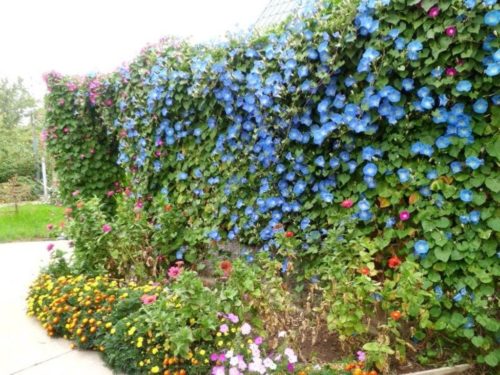
Providing support for the growth of IPOMEY annual
Ipomay has curly fine stems, which are necessarily necessary for growth for growth. The stalks are soaring support, clinging to her shoots. As a support, Liana can be anything: a chain grid, any fence, poles, stretched fishing line or rope, arch, house wall or veranda.
Completion of the flowering of sickle the annual and seed collection
In the fall, when Liana will flash and reset the foliage, her stems need to cut and dig up the rhizome. The soil where the IPOMEA grew, you should switch. For Liana, the breeding of self-saming is characterized, so in the southern regions, with soft winters, there is a possibility that in the spring there will be new shoots of ipomey.
During the season, after fading the inflorescence, seed boxes are formed, in which seeds are ripening. Seeds are ready to collect when the box will dry and slightly will fit. It is necessary to gently collect seeds and store them in a paper package with a dry place. Seeds of the Ipomey have a high germination for 4 years.
Diseases and pests of ipomey annual
IPOMEYA - a plant that is resistant to diseases and pests. But, with incorrect care (mooring of the soil), may become infected with fungal diseases. Among the common fungal diseases can be distinguished by mildew and rust. When the fungal disease is detected, watering should be reduced, remove the affected stems and leaves and treat the plant by fungicides (topaz, the short, strides, etc.). Spraying should be carried out into the windless and dry weather in the morning clock. When infecting the root and stem, trunk rot, you should dig and destroy the plant, this disease is not treated.
Ipomay is sometimes subjected to a physiological non-infectious disease. White swelling is characteristic of greenhouse or indoor lian. It is manifested by the appearance of tubercles on the leaves, and over time they turn yellow and fall. The cause of the disease is excessive humidity and cold air indoors.
Often, insect pests are attacked on Liana: a web tick or a word. To combat them, spraying the bush insecticides of the actor, phytodeterm, tick-butter. Processing is carried out twice, observing a break of 14 days.
Epomeria One-year - Decoration of the country area
Spectacular and bright Ipomea is ideal for decorating household buildings, creating cozy areas of recreation and zoning of the site. With the help of a falling waterfall with numerous inflorescences, you can hide and decorate any drawback on the site: an old inconspicuous fence, wall. An arch, a balcony or a veranda seems to be superbly. Ipomea with blue inflorescences are perfectly defined against the background of dark brickwork or wooden buildings, harmoniously looks with clematis and other curly plants.
An annual Ipomoya is an incredibly beautiful and elegant plant that won the hearts of many flower and summer houses, which are glad to plant it for vertical gardening garden, cottages and flower. Using to decorate the blooming Lian, you can not only decorate the site, but also use it to create a shade around the balcony, loggia, gazebos or veranda on a hot sunny day. A fragrant emerald carpet with bright gentle gramophilics is a decent decoration of the country area, which will give the mood for all summer.

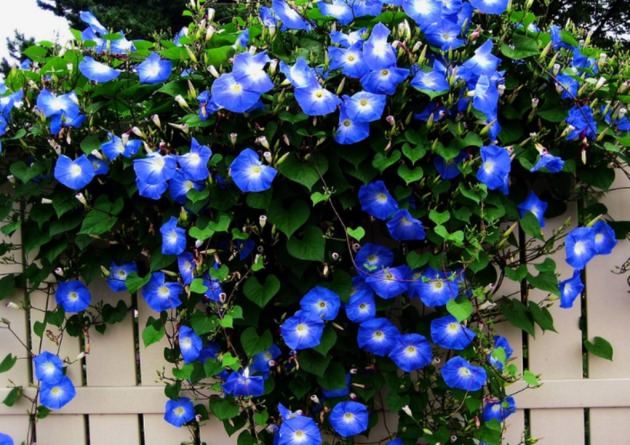
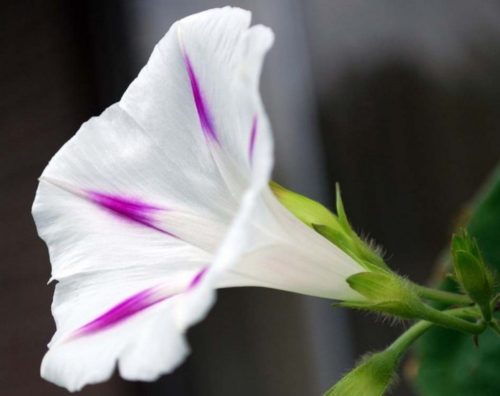
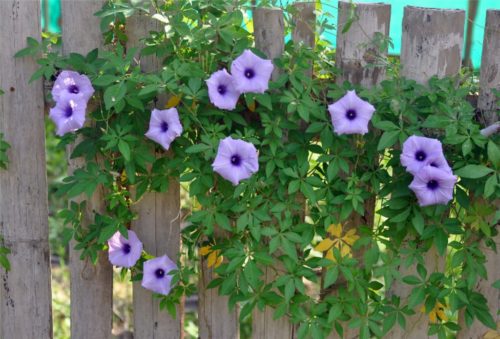
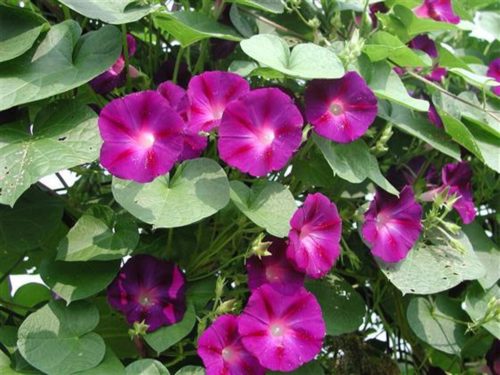
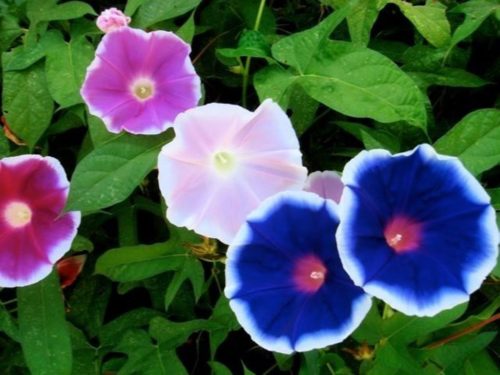
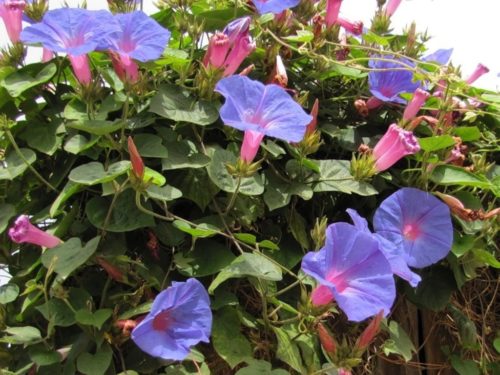
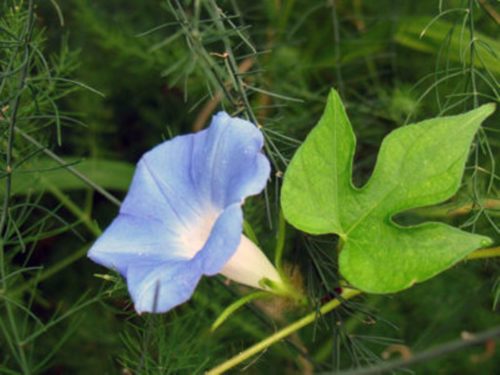
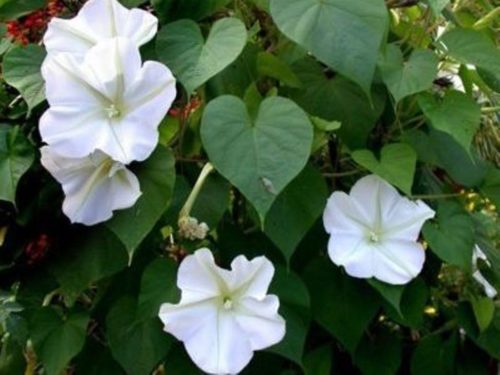
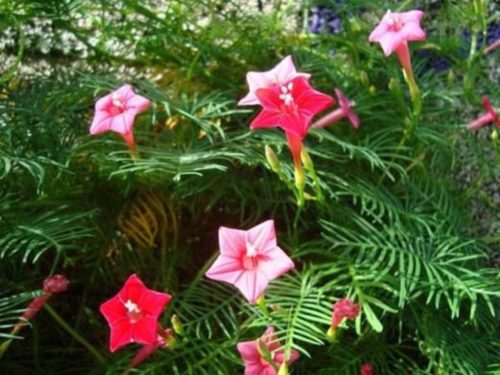
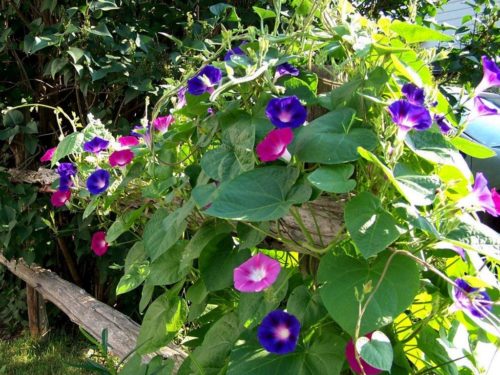
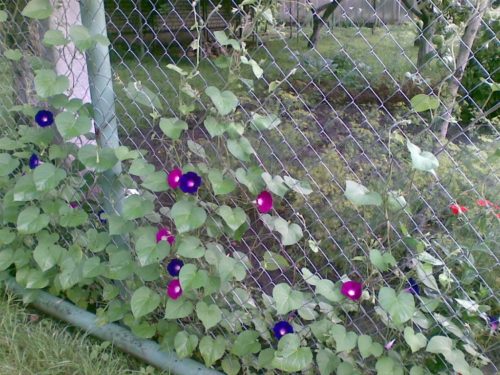
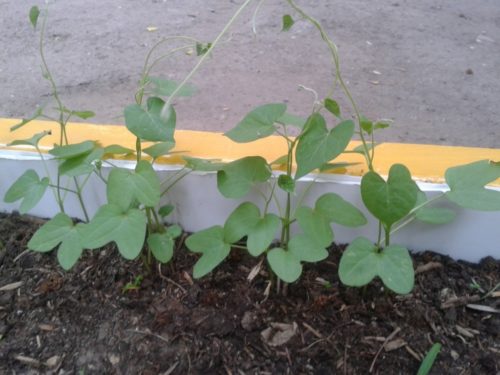
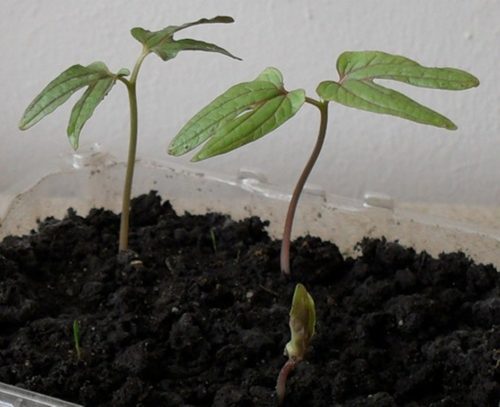
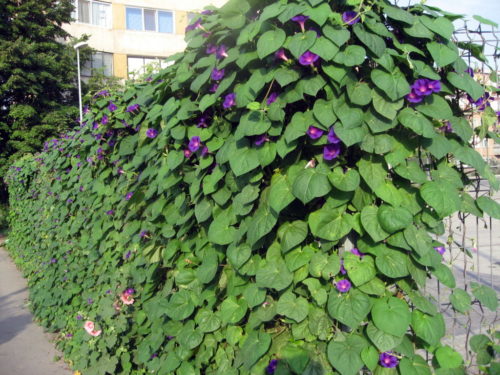
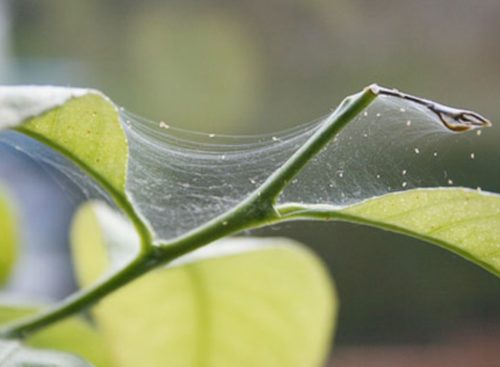
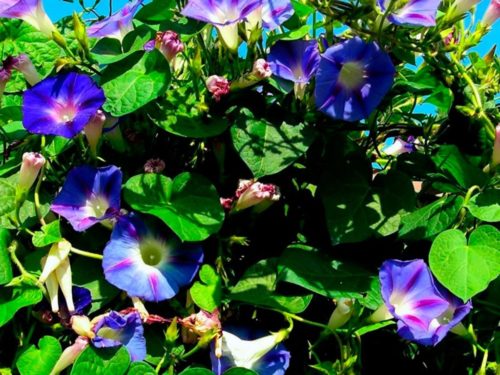
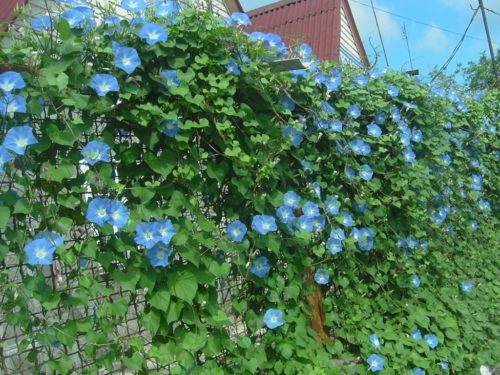
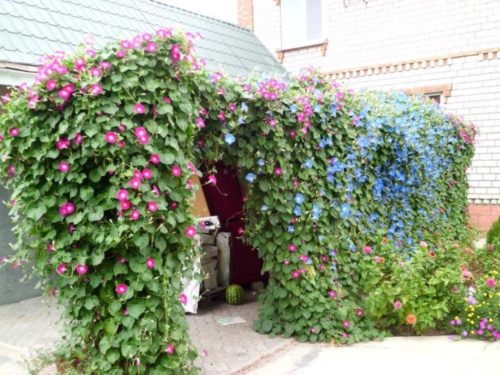
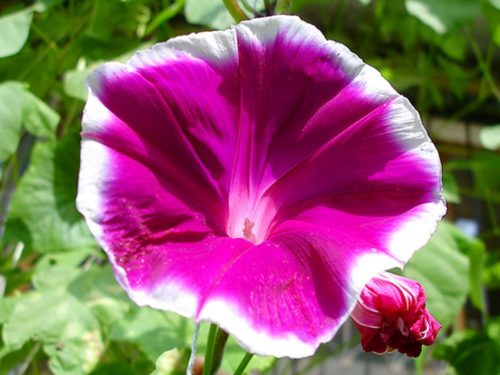
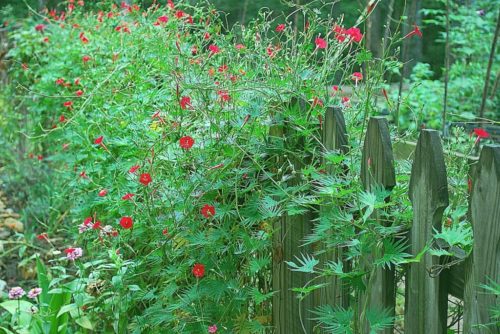

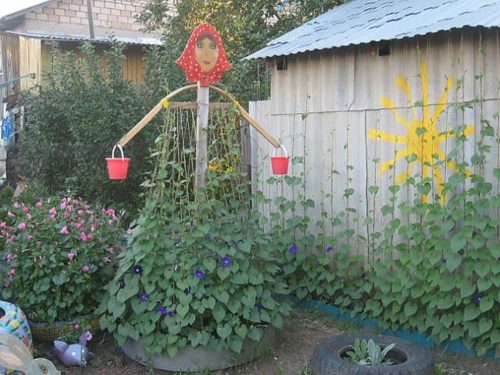
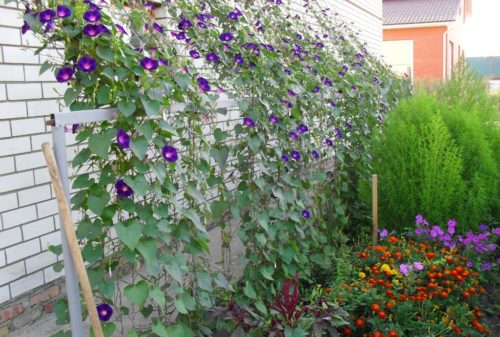












 Start a discussion ...
Start a discussion ...